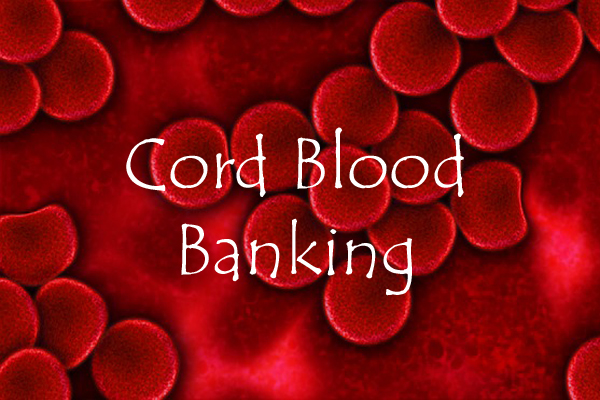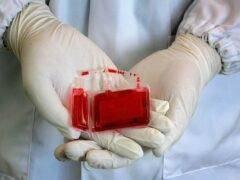
In public cord blood banking, the parents choose for the baby’s cord blood to be collected and stored in a public cord blood bank. If it meets all quality control criteria, it is then given to patients in need of a transplant, or sold to research. Because the cord blood is not reserved for family usage, there is no charge for public cord blood banking, although patients and researchers must pay for the cord blood.
Facts and Figures
The price per unit released varies substantially between banks, but as a rule, public cord blood banks charge between $15,000 and $30,000 for each unit of cord blood. This is substantially more expensive than the fees charged to parents for private cord blood banking (a maximum of $5000), which is, in fact, a selling point for private banking.
What makes it So Expensive?
These prices are alarming at first glance, particularly because parents are not given any incentive for cord blood donation. However, the collection, testing, and storage of each sample are very costly. When each sample is banked, it must undergo a series of tests to immunotype the sample and test for bloodborne illnesses, which, on average, costs over $500. If a matching recipient patient is found, an additional $700 in tests must be conducted to verify its suitability for transplant. The specialized storage required for cord blood samples is also costly, and qualified staff is required to procure and process the samples. Also, keep in mind that the majority of samples received are not ultimately sold, meaning that the initial processing and storage costs are at a loss.
The cost deficit between public and private banking is also counterintuitive. However, it should be noted that private cord blood banks do not conduct as many quality assurance tests and each sample collected and stored generates income.
How is it Funded?
The purchase price for cord blood covers much of the cost for public cord blood banking. However, most public cord banks receive additional funding from research grants and nonprofit organizations.











